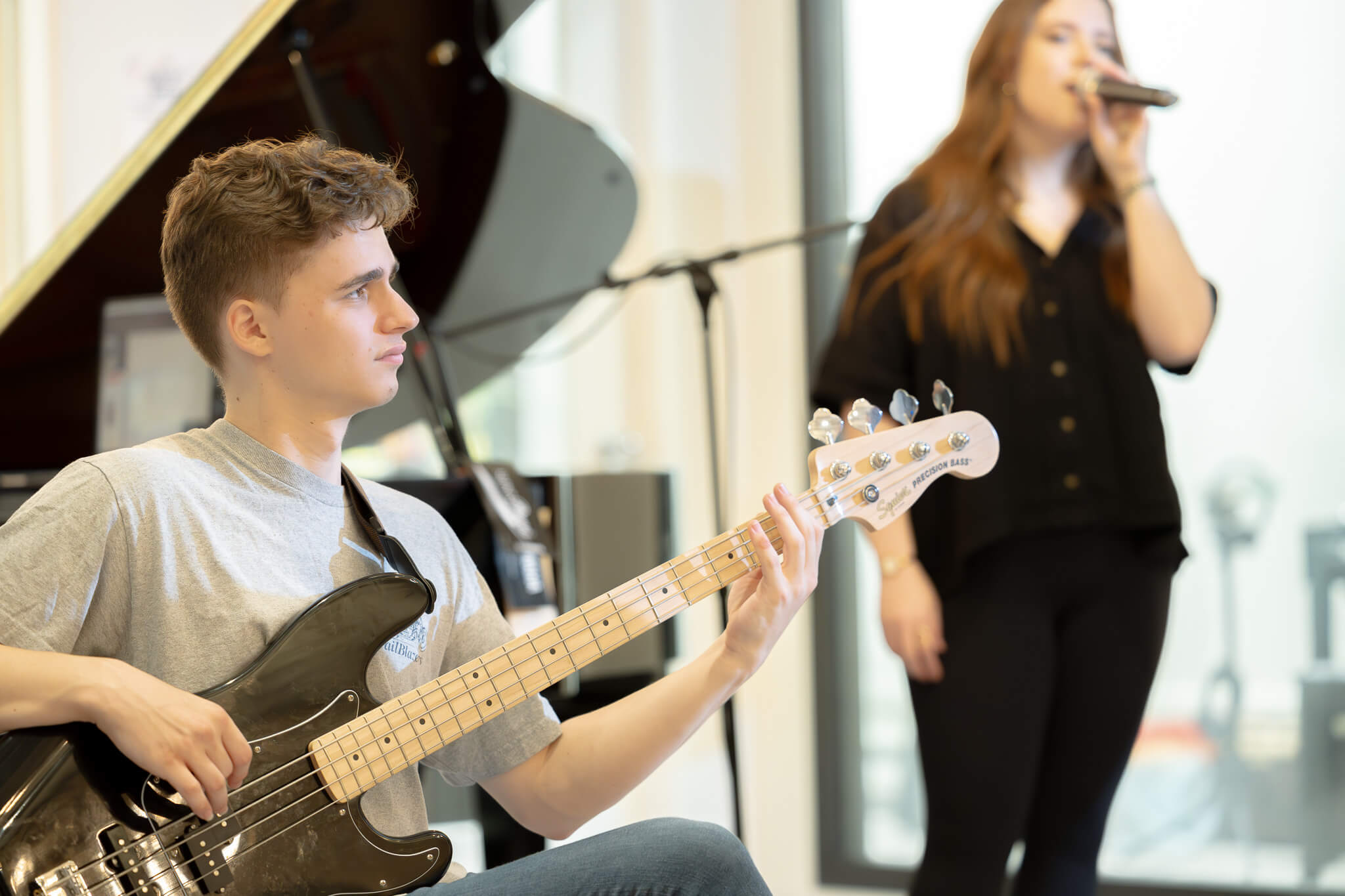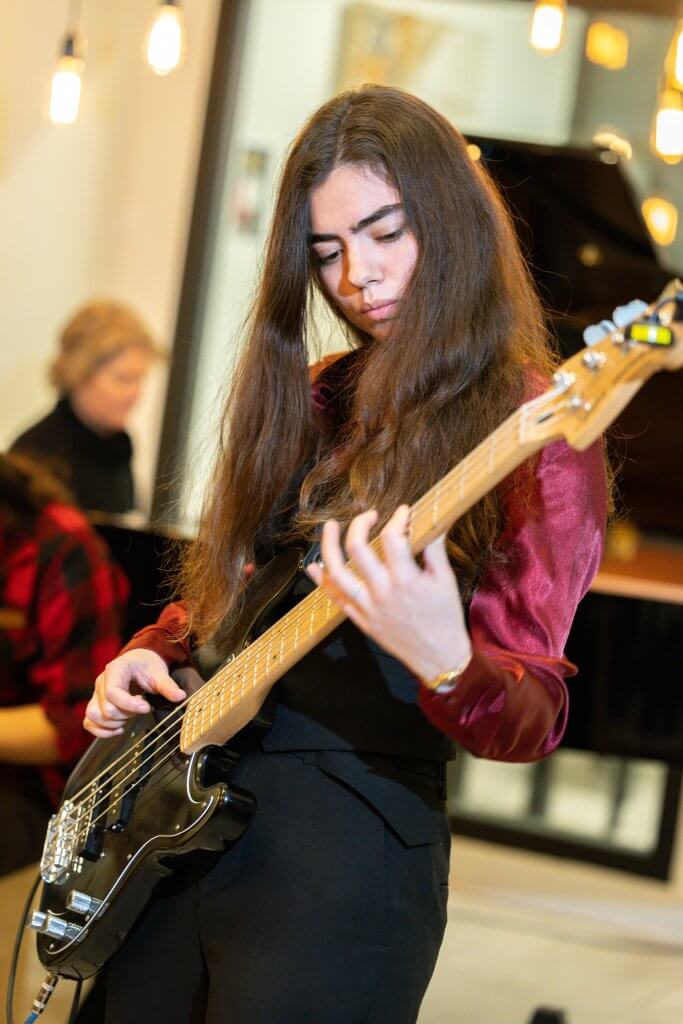Blog
Mastering the G Major Scale on Bass Guitar: Starting from the 10th Fret

If you’re looking to shake things up with your bass guitar lessons, learning the G major scale is a great place to start! While the classic version of the scale is usually played in the open position, there’s something exciting about taking it up to the 10th fret on the A string. It opens up new possibilities and adds a little sparkle to your sound. In this post, we’ll dive into both the classic and 10th fret versions of the G major scale, and show you how bass lessons can help you play both like a pro.
The Classic G Major Scale
The classic G major scale is your trusty friend—it’s the one you usually learn first, often in the open position on the bass. This version starts on the open G string and works its way through the first few frets. It’s easy to pick up and gives you that solid, familiar sound, but it’s kind of like staying in your comfort zone. It’s useful, no doubt, but there’s a whole new world up the neck waiting for you that you can learn from bass lessons!
G Major Scale Starting from the 10th Fret
Here’s where things get fun! Instead of sticking to the open position, let’s jump up to the 10th fret on the A string. This gives you a brighter, more exciting sound, and it helps you explore the higher register of your bass.
Here’s how to play it:
A String (10th to 12th fret): Start on the 10th fret (G), then hammer-on the 12th fret (A), and the 14th fret (B).
D String (10th to 14th fret): Now head to the D string and play the 10th fret (C), hammer-on 12th fret (D), and 14th fret (E).
G String (11th to 16th fret): Finally, finish up on the G string with the 11th fret (F#), hammer-on the 12th fret (G), the 14th fret (A), and slide to the 16th fret (B) to finish on that major third.
What’s the Difference Between the Classic and the 10th Fret?
Position, Position, Position: The classic G major scale keeps you close to the open strings, while the 10th fret version takes you to the upper half of the neck. It’s like going from the ground floor to the penthouse.
Tone: The classic version gives you that rich, warm sound from the open strings, but the 10th fret approach brings out a brighter, more cutting tone. Perfect for when you want to stand out!
Finger Moves: The classic scale is easy on your fingers—mostly open strings and a few frets. But the 10th fret version? It’s going to make you work those fingers a little harder. This is where bass lessons can really come in handy, teaching you how to make those higher frets sound just as smooth as the lower ones.
When to Use Them: The classic G major scale is perfect for basic bass lines and familiar, foundational songs. On the other hand, the 10th fret version is great for solos, higher melodies, and those moments when you want to show off a little. It’s like upgrading from a solid background player to a lead guitarist.
Why Learn Both?
Learning both the classic and the 10th fret versions of the G major scale means you’re ready for anything! Whether you’re playing in a lower register or experimenting with higher notes, you’ll be prepared. Bass lessons can help you learn the techniques to make both scales feel comfortable, giving you more options and more flexibility on the fretboard.

Conclusion:
There’s a whole world of sounds waiting for you on the bass, and the G major scale is one of your best tools for exploring it. By learning both the classic version and the 10th fret version, you’ll gain new skills, boost your confidence, and add some fun variety to your playing. With a little help from bass guitar lessons, you’ll be zipping around the fretboard in no time! Keep practicing, and remember to enjoy the journey—your bass guitar lessons are just beginning!

